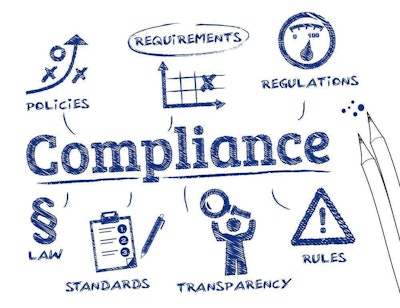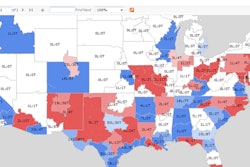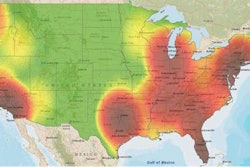
The citizens of Babel fell short of reaching their ambitious goal when the opposite occurred, by divine intervention.
“Go to, let us go down, and there confound their language, that they may not understand one another’s speech” (Gen. 11: 7).
In this fast-paced industry, commercial and private fleets use a variety of measures to communicate information and guide their decisions and actions. The reporting and analysis of these metrics can be time consuming and the results interpreted in different ways.
Business intelligence (BI) can help organizations speak a common language. BI describes a set related technologies, or rather the discipline of using these tools, to capture, integrate, measure and visualize data in a way that helps people make optimal, real-time decisions.
Here are a few examples of how fleets and technology suppliers are using BI to create a common language to build and sustain momentum.
The visual dashboard










